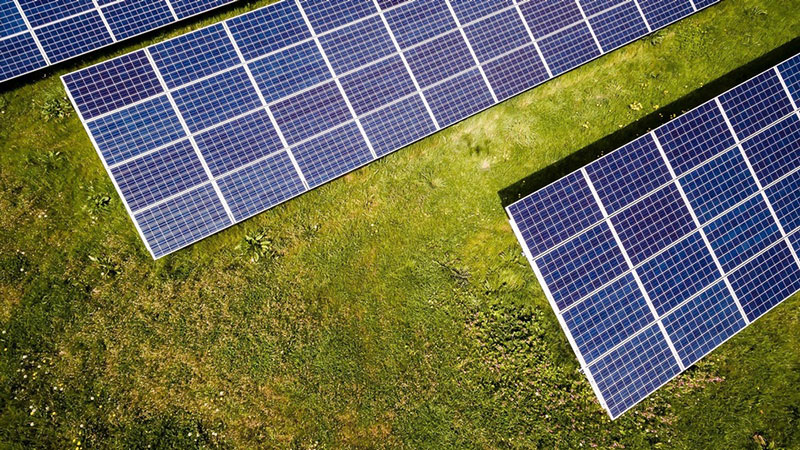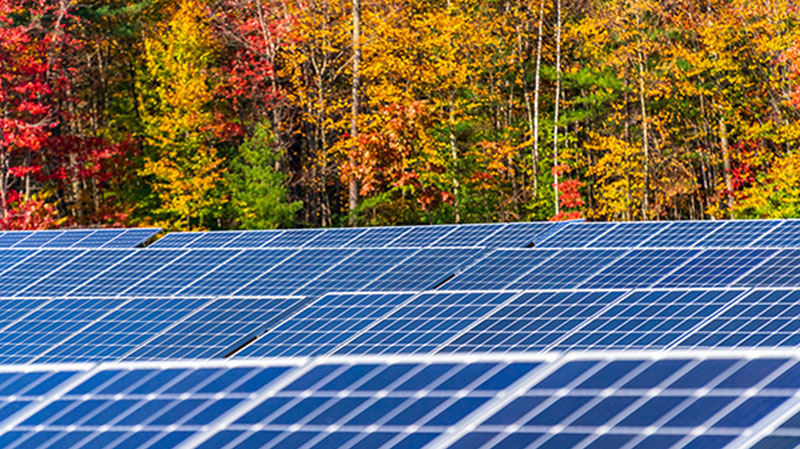Advertisement
Probably every person who first encountered the problem of choosing an inverter for a solar power plant or backup power system asks the following question: which inverter to choose a cheap one with a pseudo-sine wave or an expensive one with a pure sine at the output? However, behind this important question, you can miss many factors that you don’t even think about at first. Ensemble by Enphase IQ8 is an energy operating system that creates a new level of solar panel utilization.
Enphase offers simple use of original solar panels so the customer can move towards independent energy sources. With a traditional inverter, it is possible to get the energy of the sun for housekeeping when the sun is shining and your grid is transmitting energy. With the IQ8 Enphase system, you can unplug with the same IQ 8 micro-inverters when you’re ready.
What Is Input Voltage
One of the main parameters of inverters that you should pay attention to when buying is the input voltage. The choice of the input voltage must be coordinated with the power of the inverter since with an increase in the output power, input currents increase, which leads to more difficult operating conditions for the transistors of the output stage and large losses on the connecting wires. The choice of a higher input voltage can be one of the following: 12, 24, 48 V.
Choosing the Right Voltage
- 12 V at a power up to 600 W
- 24 V at a power from 600 to 1500 W
- 48 V at a power of more than 1500 W
Nominal and Peak Output Power
Ideally, the rated output power of the inverter should be equal to the sum of the powers of all loads. However, in reality, the choice is more often made according to the load with the maximum power. In this case, it is necessary to take into account the starting currents of all loads, which can be 10 times higher than the operating ones (for example, for refrigerators or pumps). By multiplying the starting current by the voltage (220 V), we get the starting power, which should be less than the peak.
It is worth noting that if the manufacturer does not separately indicate the peak output power, most likely, the one specified as nominal is the peak.
Weight of the Microinverter
One of the indirect signs of quality inverters is their weight. The fact is that in cheap low-quality models, a transformerless circuit is used, which is susceptible to failure at the moment the load is switched on due to very large transient currents. Accordingly, such models are very lightweight.
Efficiency of the Microinverter
The efficiency of a solar inverter ultimately determines how much energy is wasted (just making it work). Modern models have an efficiency of 90-95%. If the efficiency is below 90%, more than 10% of the energy will be wasted, which is not acceptable for a solar power plant, where every Watt counts.
Power Consumption no Load and Standby

No load power consumption is also an important parameter. This parameter should be around 1% of the rated power. That is, for example, if the rated power is 600 W, no-load consumption should be about 6 W.
If you are not going to turn off the solar inverter every time after use, you need to choose the model with the lowest consumption in standby mode so that the minimum energy is spent on maintaining the system. A big plus, in this case, is the presence of a standby mode, in which consumption is reduced even more significantly.
Empower Switch System
The Empower Switch completely isolates your home to operate during a power outage; so, your IQ 8 microinverter can continue to supply power to your home even in daylight.
Take Good Care of Inverters
Solar inverters are highly vulnerable and failing more than anything else in a solar system. This happens because of the intrinsic complexity of the solar inverter. It performs a wide range of tasks and uses software (which requires updating and sometimes finds errors). So, be ready that inverters usually last 10-15 years. However, the lifespan of microinverters is comparable to the lifespan of the panel itself, which is about 25 years.

